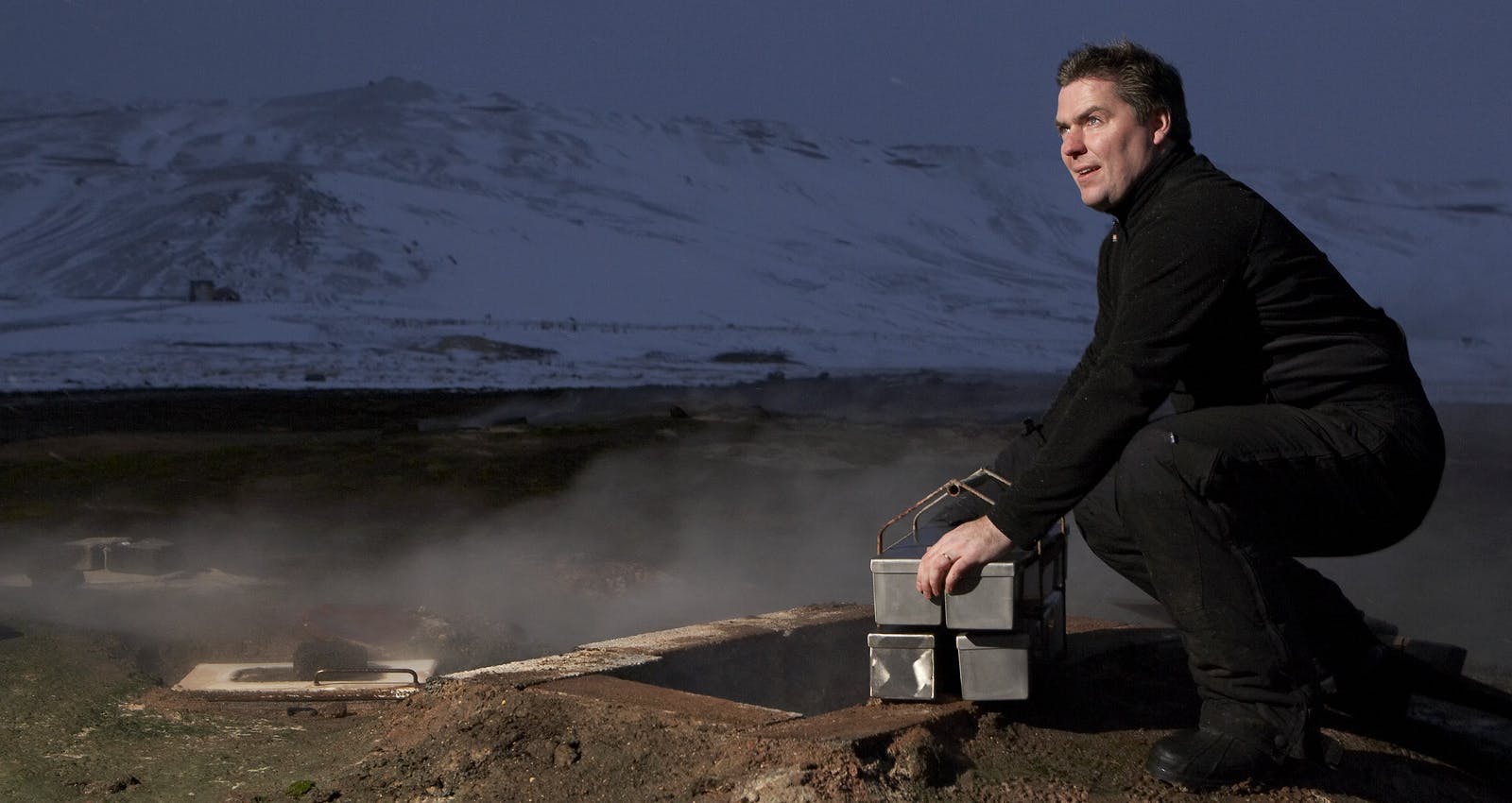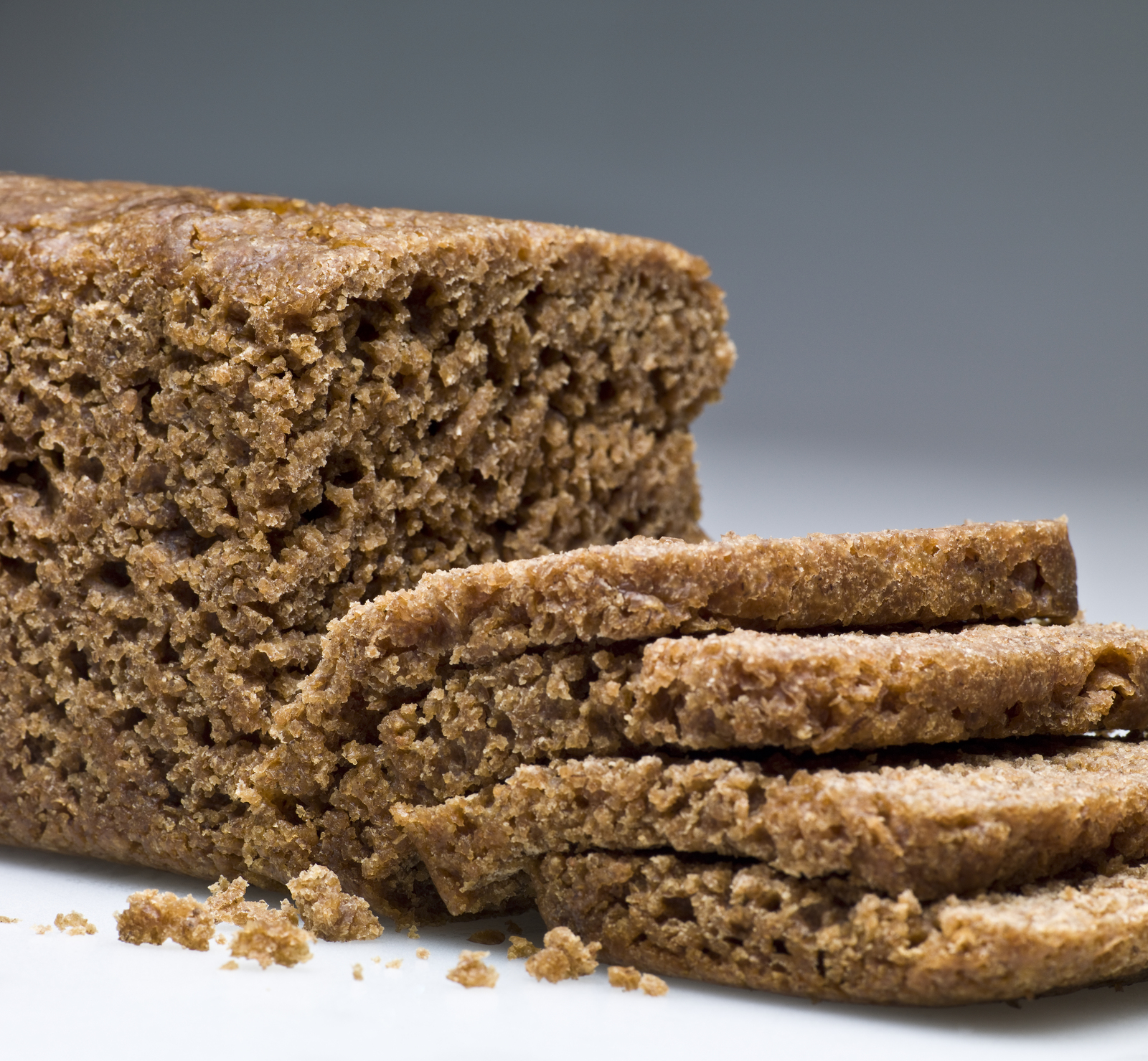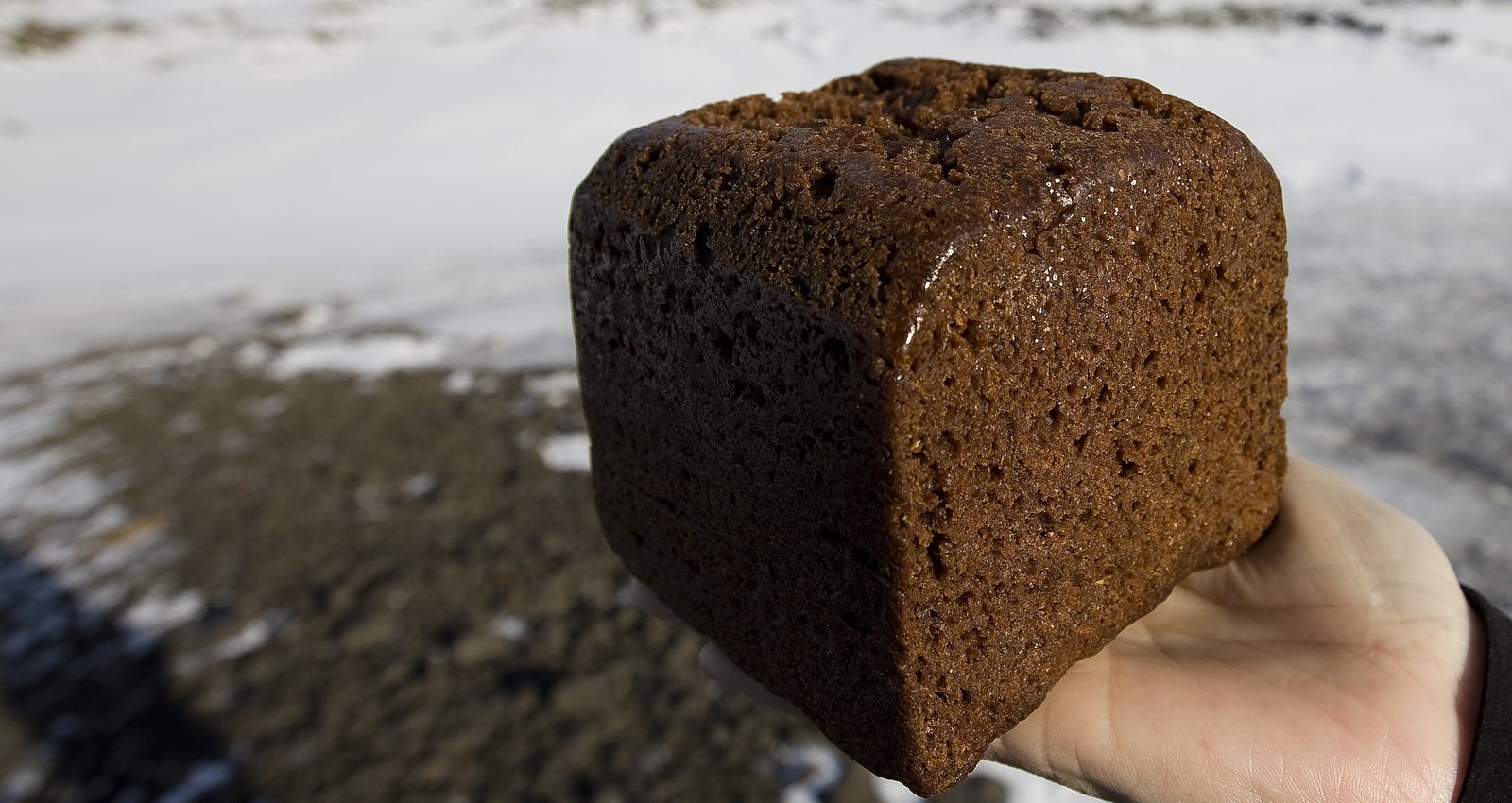
Taste Icelandic Volcano Bread
The chance to taste Icelandic volcano bread should make it to everyone’s wish list when planning their holiday. Here’s how it’s made, where you can find it and why you should eat it at least once during your trip. Afterwards, we’d suggest heading over to Perlan. The Forces of Nature exhibit allows you to learn more about the natural processes that make cooking methods like this possible.
What is Icelandic volcano bread?
In Iceland, volcano bread, known as hverabrauð (or sometimes more generically as rúgbrauð), is a loaf that’s baked in the ground using naturally occurring heat from the earth. Bite into it, and you’ll see it’s a dense rye bread with a richly developed flavour – a far cry from the white sliced sandwich tins that you might find in your local supermarket. It’s that combination of the delicious taste and the unusual method of cooking that is likely to interest you as a visitor.
How is Icelandic volcano bread made?

The two key elements here are low and slow. The bread develops considerable sweetness by allowing the loaf to cook over a much longer period than if you were to place it in a regular oven. The dough contains no yeast; instead, a sourdough starter kicks off proceedings.
Though recipes vary, in Iceland, volcano bread is typically made by mixing rye flour with ingredients such as milk and golden syrup. There’s no reason to knead it: simply combine these ingredients, and when they’re sufficiently blended, pop the mixture into a tin.
What makes Icelandic volcano bread special?
Though purists would undoubtedly claim the ingredients are what makes the bread special, from a visitor’s perspective, it is the method of cooking that is noteworthy. Unusually – let’s face it, in most of the world, you won’t find geothermally heated ground close to the surface – in Iceland, the earth is warm enough to be able to cook the bread, so long as you leave it buried for long enough.
Where you can find Icelandic volcano bread

The easiest place for a tourist to experience Icelandic volcano bread is at Laugarvatn Fontana. This geothermal spa is located on the Golden Circle route, so combining it with a trip to Gullfoss, Geysir, and Thingvellir is straightforward. The spa looks out over Laugarvatn, a beautiful lake where you can also try paddleboarding or go swimming. A couple of times a day, the place hosts an Icelandic bread experience where you can learn about rúgbrauð and how it’s made.
You’ll gather outside the spa on a black sand beach. The first clue that there is geothermal heat present is that the ground will be steaming a little, especially on a chilly day. The person demonstrating the process will come dressed for the part, not in chef’s whites, but instead in wellies and carrying a spade. You could be forgiven for thinking this is more a lesson in gardening than cookery.
After an introductory talk that explains how the heat is transferred through the ground to the tin, it’s time to dig out yesterday’s bread and bury a new pot. The metal tin is uncovered; plastic wrap is used to ensure that no sand or dirt will have been able to get into the dough – let’s face it, no one is going to be pleased if their bread is gritty when they put it into their mouth.
Once the new pot has been buried, the sand is heaped up into a small pyramid so that whoever comes out the following day knows where to find it. The tin that’s ready is washed off in the shallow water at the shore of the lake to remove any sand and also to cool down the metal. Everyone goes back inside to the workstation, ready for the all-important part: the unveiling.
As the bread is carefully unwrapped and placed on the counter, you’ll see the steam rising. The dense consistency of rye bread, evident in the small holes that riddle the bread, means it’s possible to slice the loaf while it’s still warm without it falling apart. A slab of locally churned butter is produced, along with a plate of smoked lake trout. Guests are invited to make their own open sandwiches and taste how good it is. Spoiler alert – it tastes even better than it looks.
How to get a better understanding of the processes behind Icelandic volcano bread

Once you’ve experienced Iceland’s volcano bread, you’ll probably be curious about how that geothermal heat is generated in the first place and why you don’t find it everywhere else in the world. One of the best places to learn about it is at Perlan, where the Forces of Nature exhibit explains everything you need to know. So, as you make your way back to Reykjavik, be sure to allow enough time to call Perlan to find out.
Popular articles

Reykjanes Volcanoes Overview
Enjoy a complete overview of the Reykjanes Volcanoes from 2021-2024. Learn about its geology, recent activity, and visitor tips for a safe, memorable experience.

Reykjanes Peninsula Volcanoes: Sundhnúksgígar Eruptions
The anticipated volcano has erupted in the Reykjanes Peninsula, the site is being called Sundhnúkagígar. See the historic insights on the seismic activity and volcanic eruptions.

Earthquakes in Iceland
Earthquakes in Iceland are a fact of life. Each year, hundreds of small tremors shake the earth, a reminder of the country’s position on a tectonic plate boundary.

Volcano Museums and Exhibitions in Iceland
If you don't manage to visit an actively erupting volcano in Iceland - Experience its force at one of these excellent volcano museums and exhibitions in Iceland.

Top 10 Places To See the Northern Lights in Iceland
You can see the northern lights across the country, but some spots are more suitable than others. Find the best place to see the northern lights in Iceland.

Ice Caves From Reykjavik
Travel beyond the capital for a closer look at an ice cave under one of Iceland’s glaciers. If you can’t spare the time, experience Perlan’s ice cave in Reykjavik.